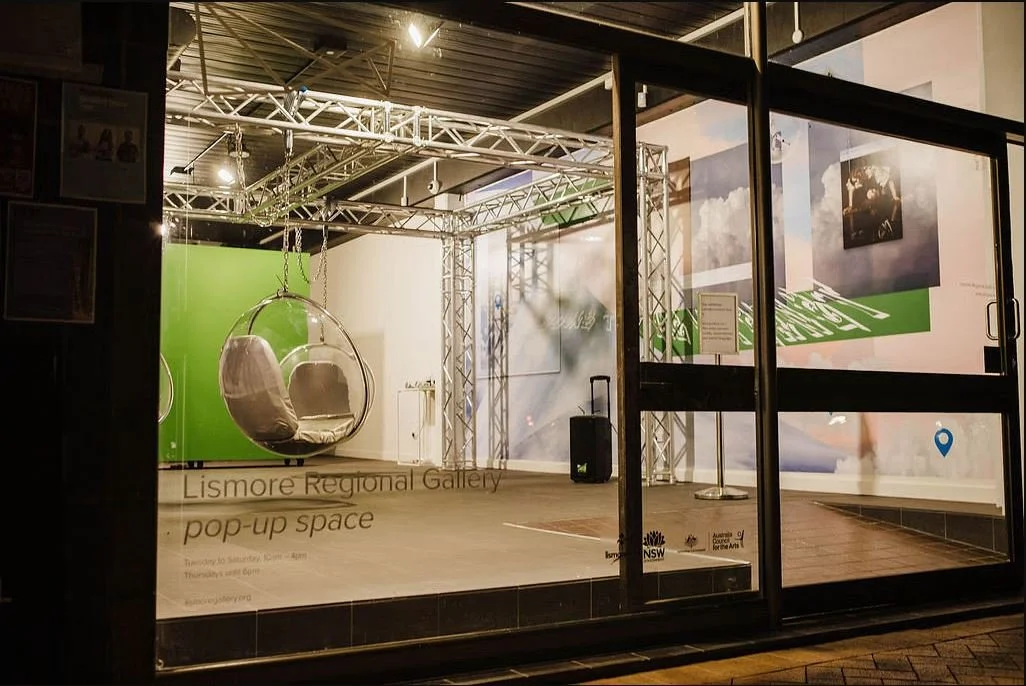The winners of the 2021 Screen Music Awards have today been announced by APRA AMCOS and the AGSC (Australian Guild of Screen Composers) with dual winner Joff Bush leading the results for his musical magic on the children’s television global sensation Bluey.
Described by Fairfax Media as “the most successful local musician you’ve never heard of”, composer Joff Bush has taken out Best Music for Children’s Programming for Bluey. Joff and his co-composers, David Barber, Helena Czajka, Marly Lüske, Lachlan Nicolson and Steve Peach have also captured the voting panel’s hearts and ears to receive Best Soundtrack Album for Bluey: The Album. These are Joff’s first ever Screen Music Awards wins.
Also winning his first ever Screen Music Award is Brian Cachia, who has scored the Feature Film Score of the Year for horror thriller Bloody Hell. Brian’s score creates tension as the movie follows a man with a mysterious past who flees the country to escape his own personal hell – only to arrive somewhere much, much, worse.
Multiple Screen Music winner Caitlin Yeo has received a nod for Best Music for a Documentary for her suspenseful score for Playing with Sharks. The documentary provides a front row glimpse into the life of pioneering diver and conservationist Valerie Taylor and her love of sharks.
The Best Original Song Composed for the Screen is Bagi-la-m Bargan from Looky Looky Here Comes Cooky. The song was composed by first-time Screen Music Awards winners Nathan Bird (pka Birdz), Fred Leone and Daniel Rankine (pka Trials) and was written specifically for the NITV one-hour documentary, which offers a fresh look at the Cook legend from a First Nations' perspective. The song is viewed through the lens of a young Butchalla man seeing Captain Cook sail past Kgari (Fraser Island). Leone, a Butchulla Song-man and Birdz’ cousin, sings his part in language.
Father and son screen music duo Cezary Skubiszewski and Jan Skubiszewski have collaborated to win Best Television Theme for Halifax Retribution, the crime series that sees Rebecca Gibney reprise her role as forensic psychiatrist Jane Halifax. Long-time screen music collaborators David McCormack and Antony Partos have teamed up to score Best Music for a Television Series or Serial for Jack Irish, ABC Television’s long running crime drama starring Guy Pearce in the title role.
Prolific musician and multi-Screen Music Award winner Roger Mason has composed Best Music for a Mini-Series or Telemovie for Hungry Ghosts (SBS On Demand). In a Film Ink interview, Roger described creating the eerie soundtrack as an opportunity to "create new techniques with a combination of acoustic instruments processed through synthesizers."
Composer Adam Moses has scored Best Music for a Short Film for Yellow Jack, which takes place entirely on deck and in the bowels of an old 1960’s frigate and moves from tongue-in cheek parody to claustrophobic madness and bloody mutiny. Adam took home a Screen Music Award in the same category in 2016.
Berlin based screen composer Jonathan Dreyfus has won Best Music for an Advertisement for The Untold Tale of Isabelle Simi - the extraordinary story of SIMI winery’s most fearless leader. The original score which was written, recorded and produced in the co-composers hometowns of Melbourne and Berlin.
Composing duo Adam Gock and Dinesh Wicks have taken out Most Performed Screen Composer – Australia for the 8th time. Adam and Dinesh collaborate under the moniker The DA’s Office and have worked on projects such as MasterChef, The Biggest Loser, 20 to 1, and Anh’s Brush with Fame. Globally successful screen composer Neil Sutherland has received the award for Most Performed Screen Composer – Overseas for the record-breaking 14th consecutive year! Neil’s significant body of work includes Border Security, MythBusters, Dancing with the Stars, Getaway and Bondi Vet.
APRA AMCOS and the AGSC congratulates all the winners of the 2021 Screen Music Awards. Please see complete list of winners below, and watch the nominated works and winners on YouTube.








